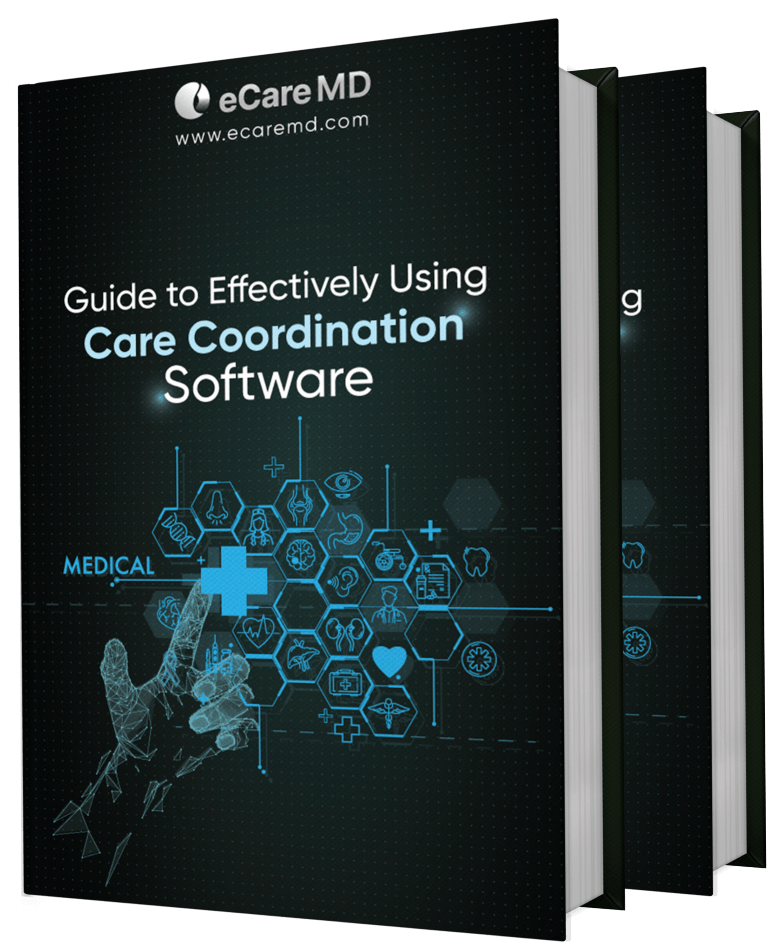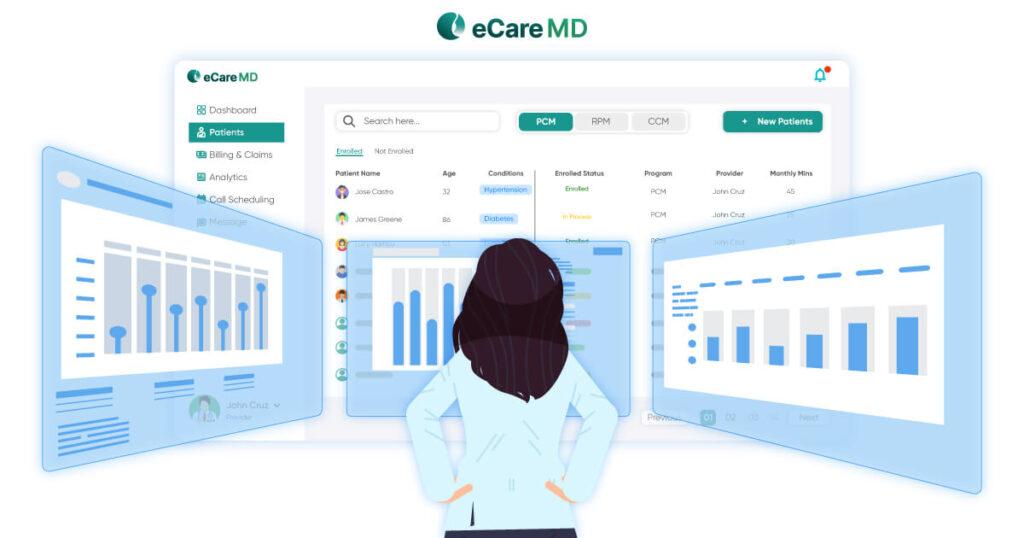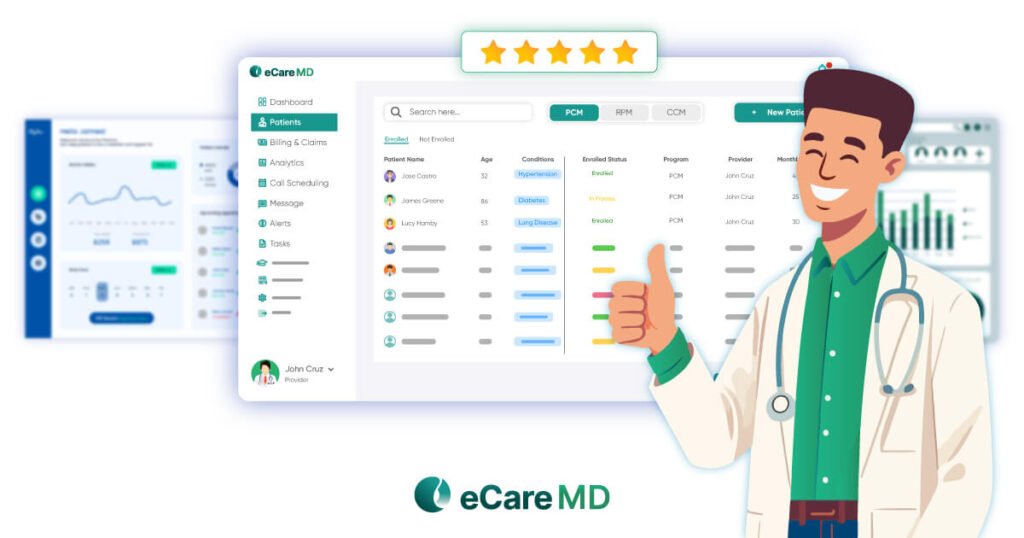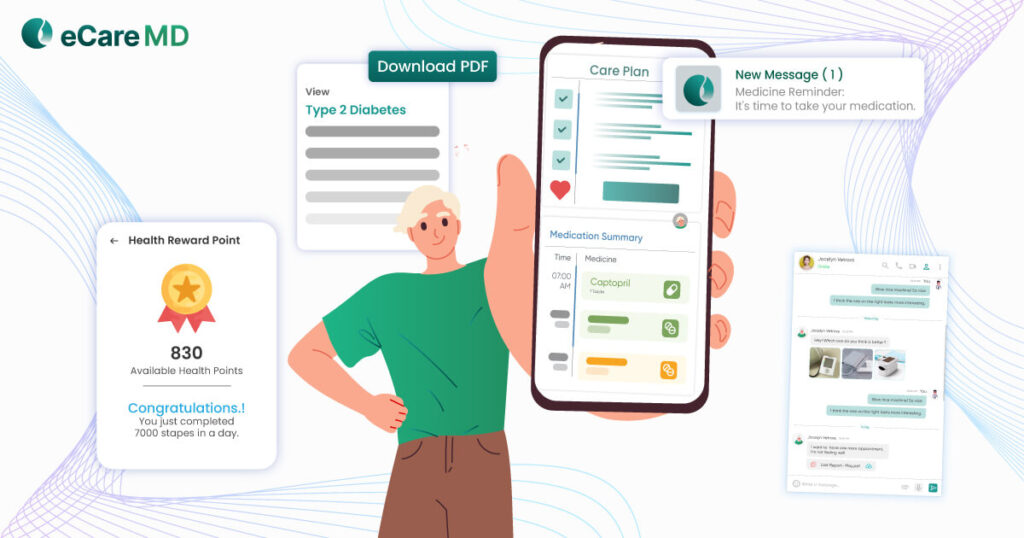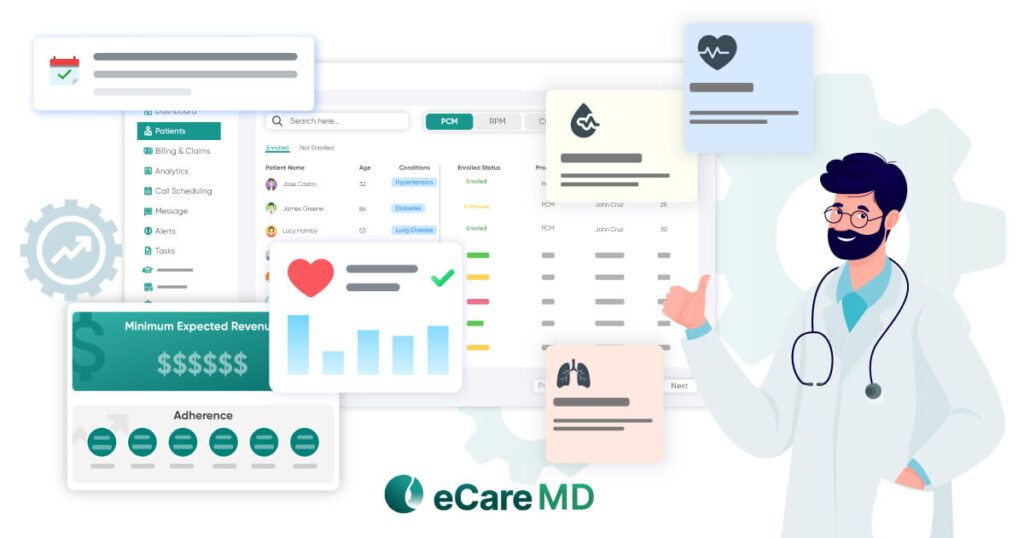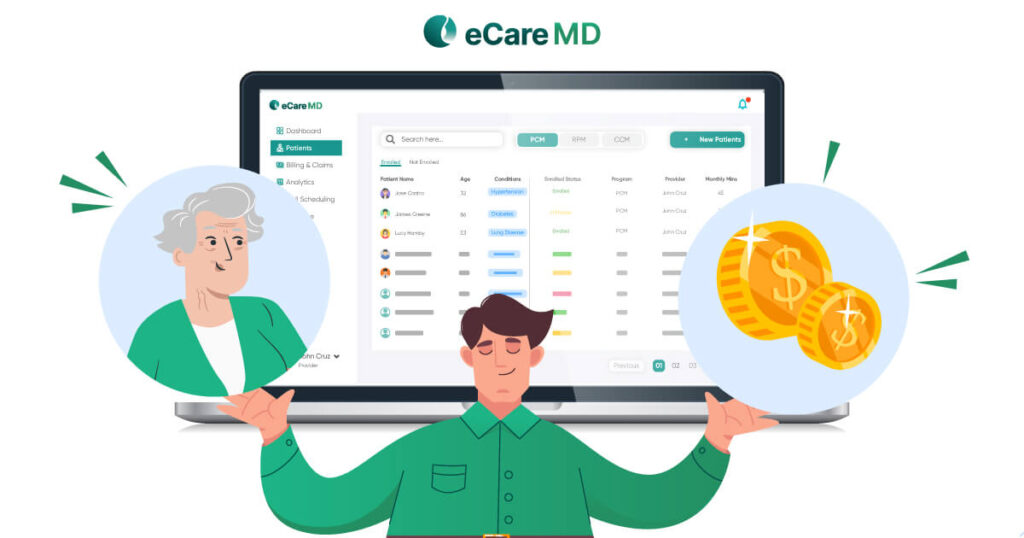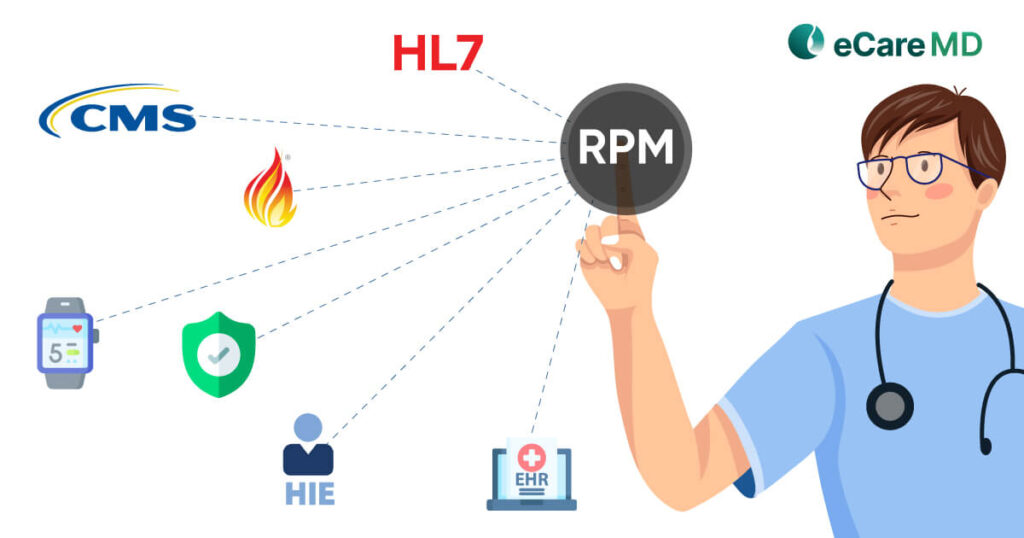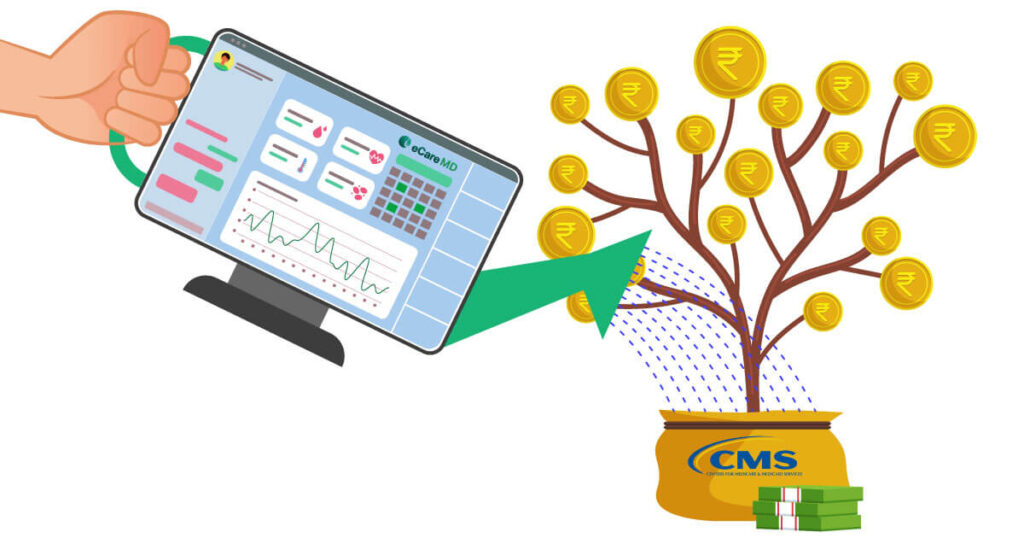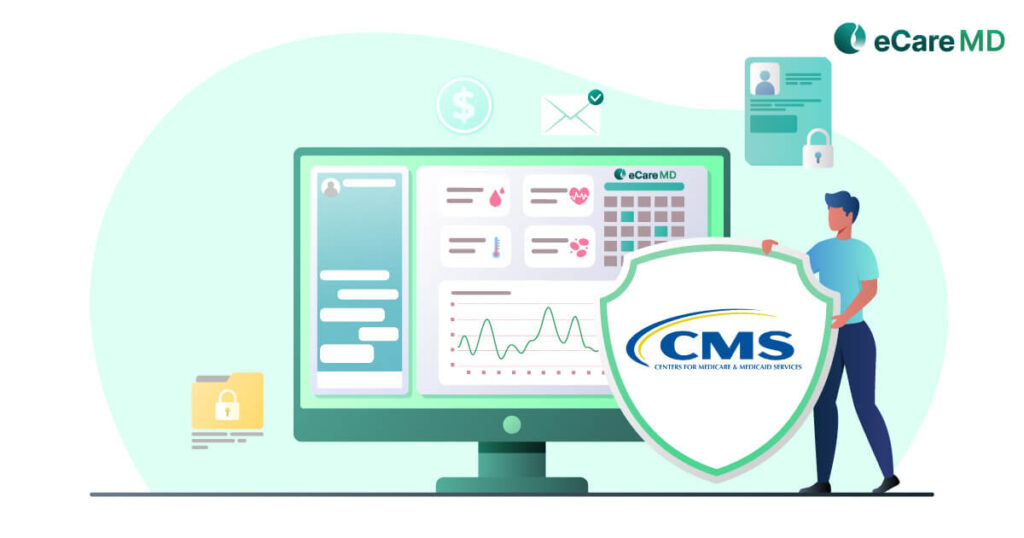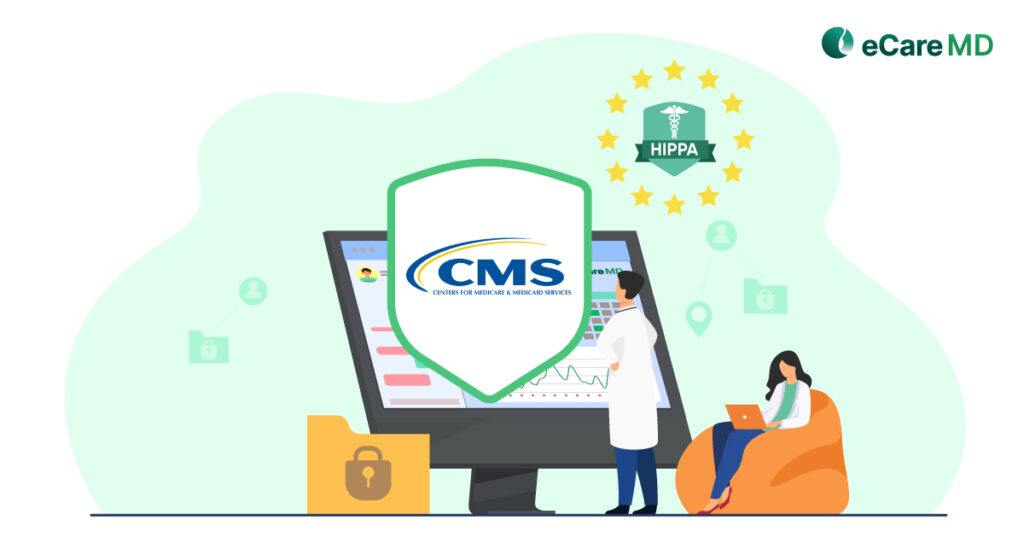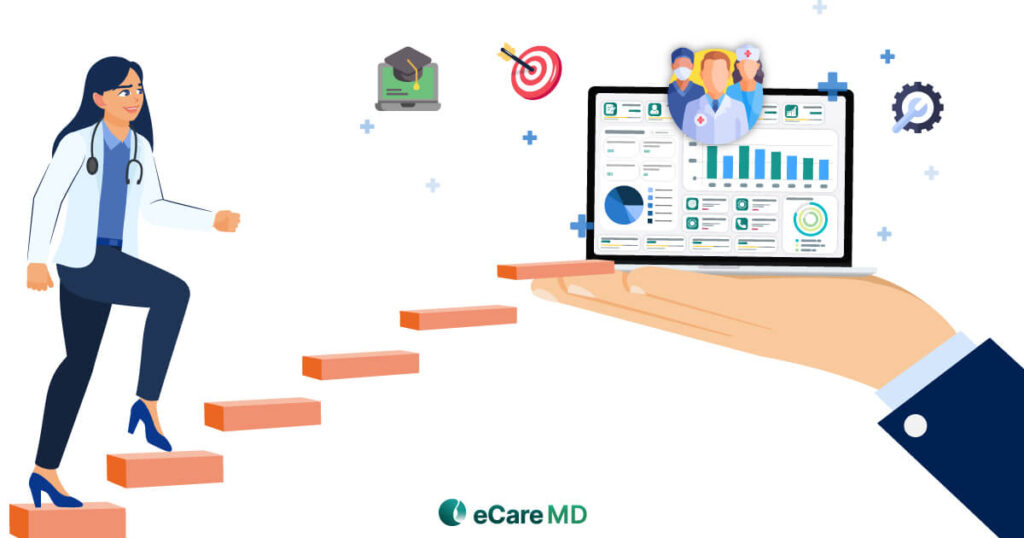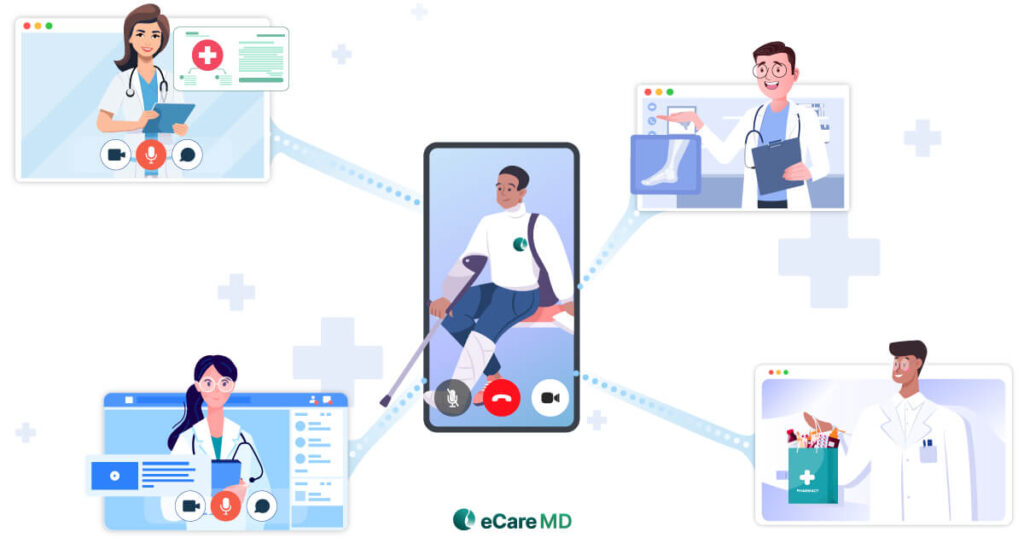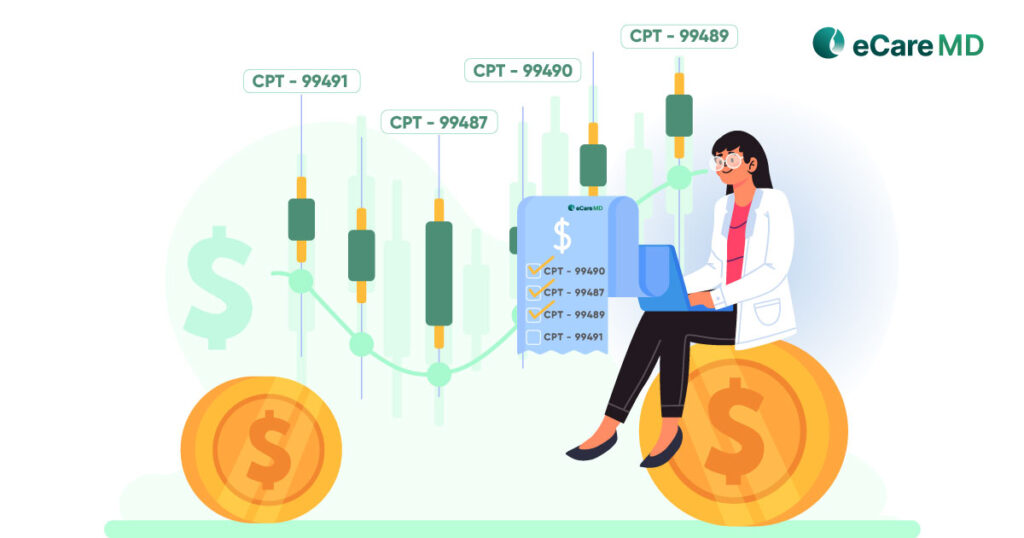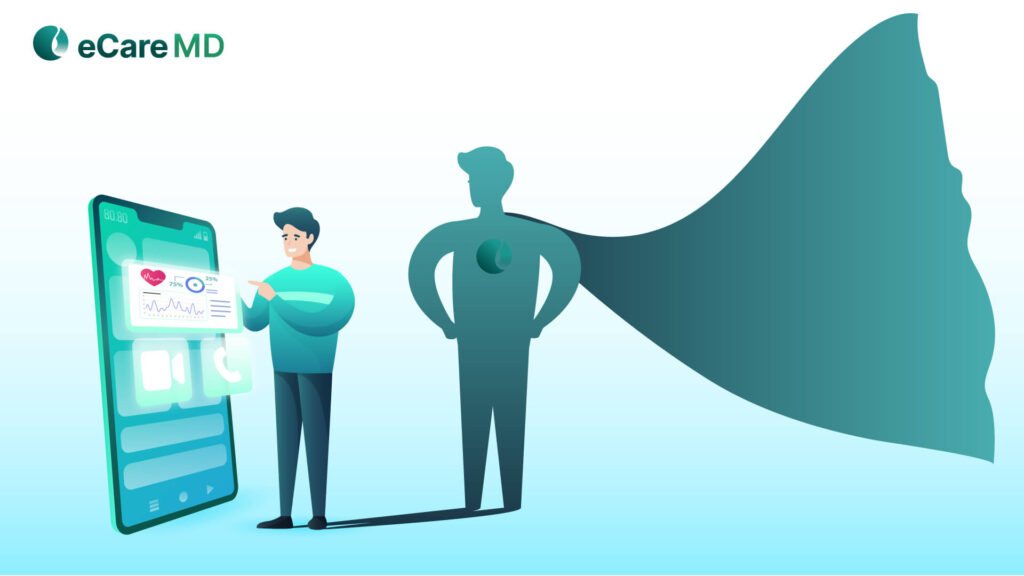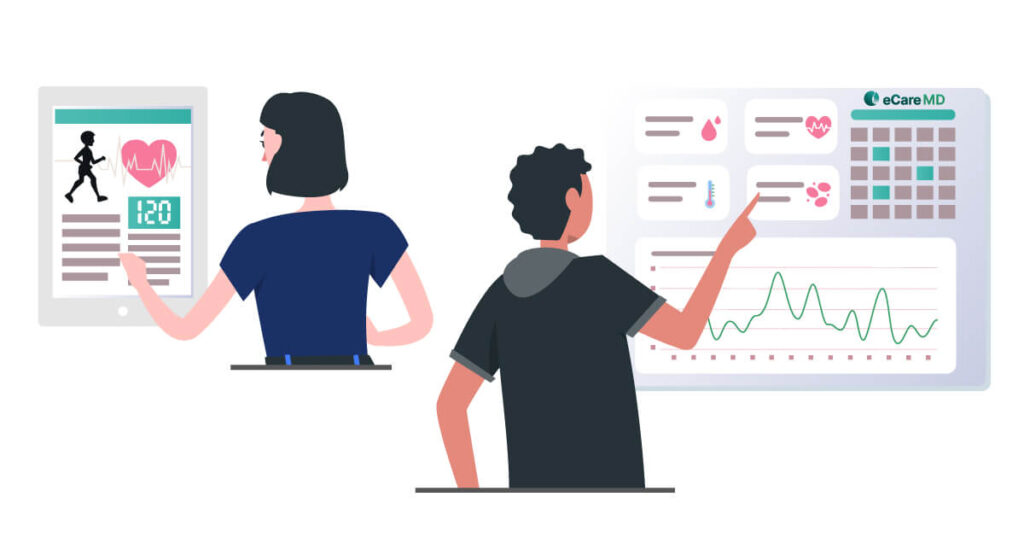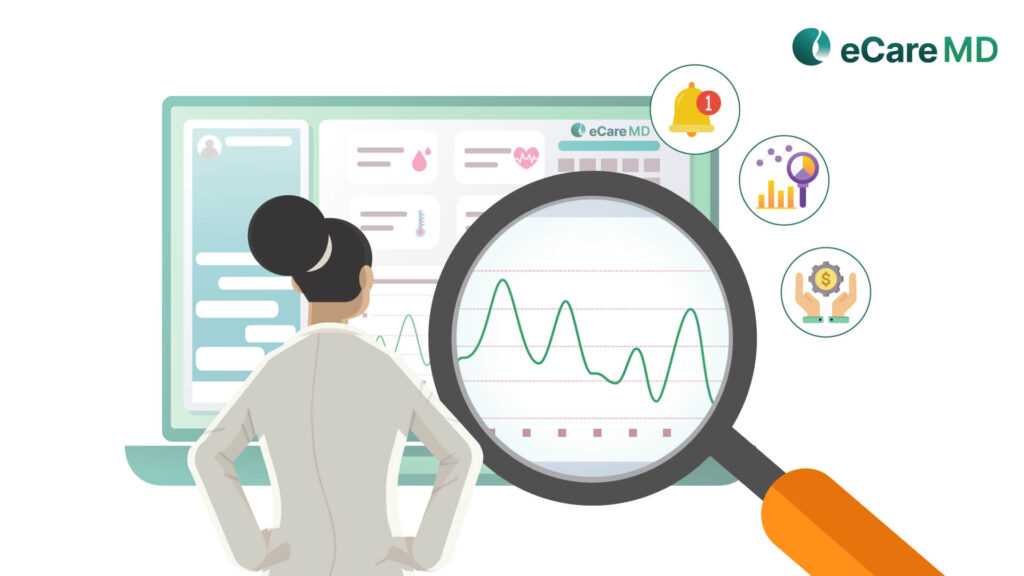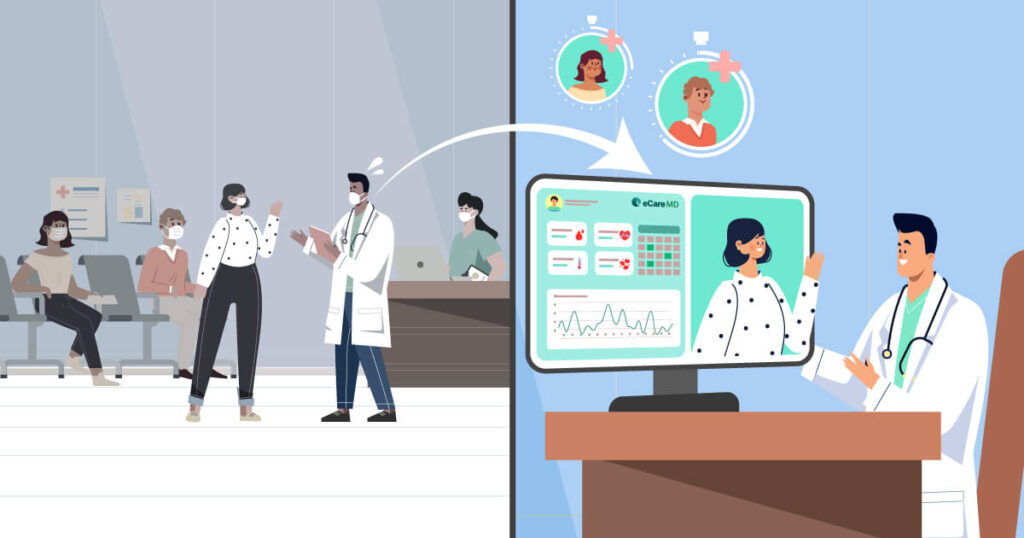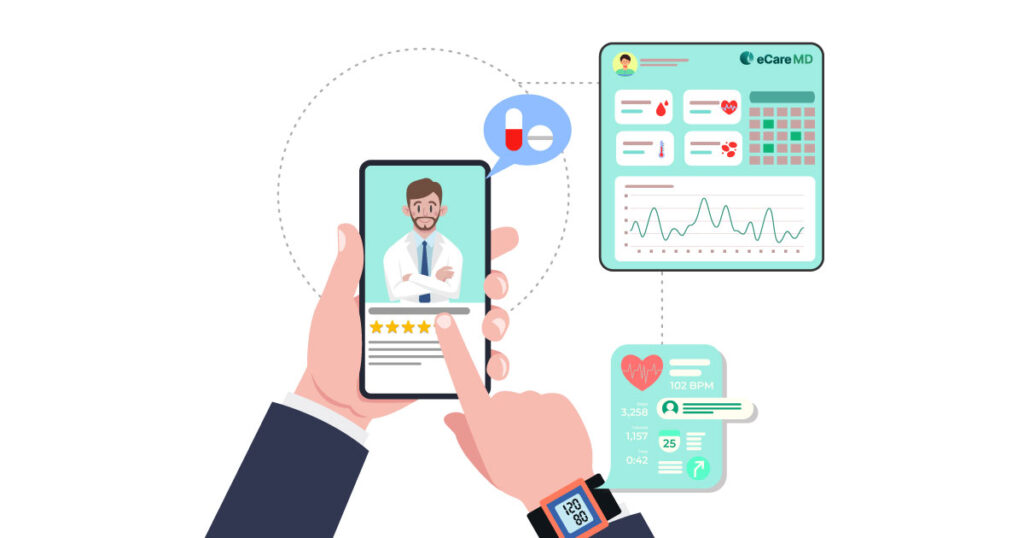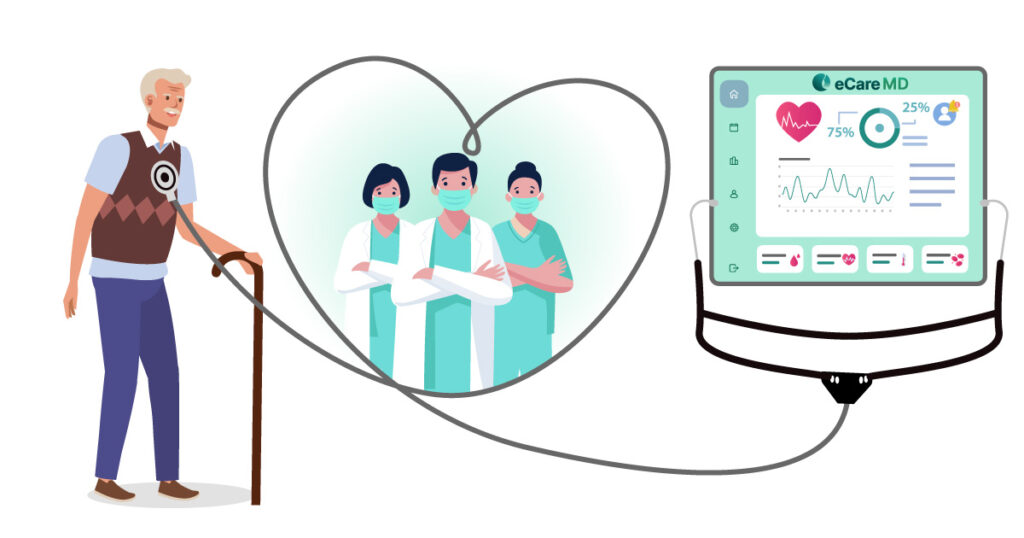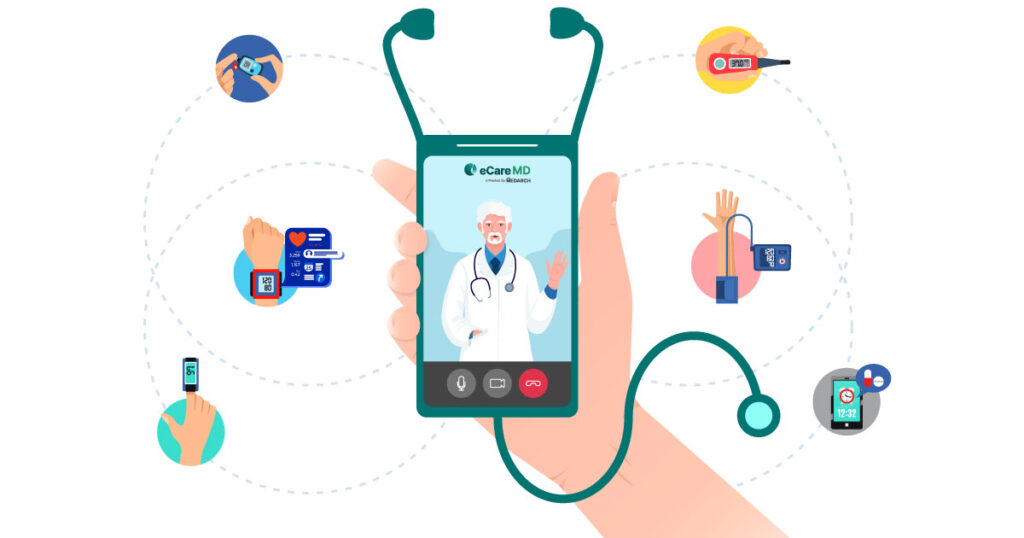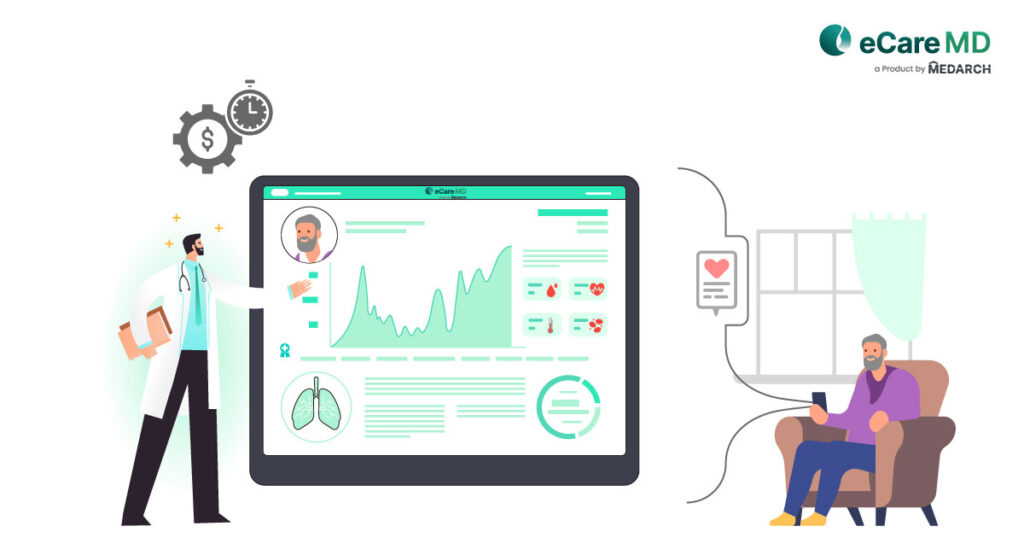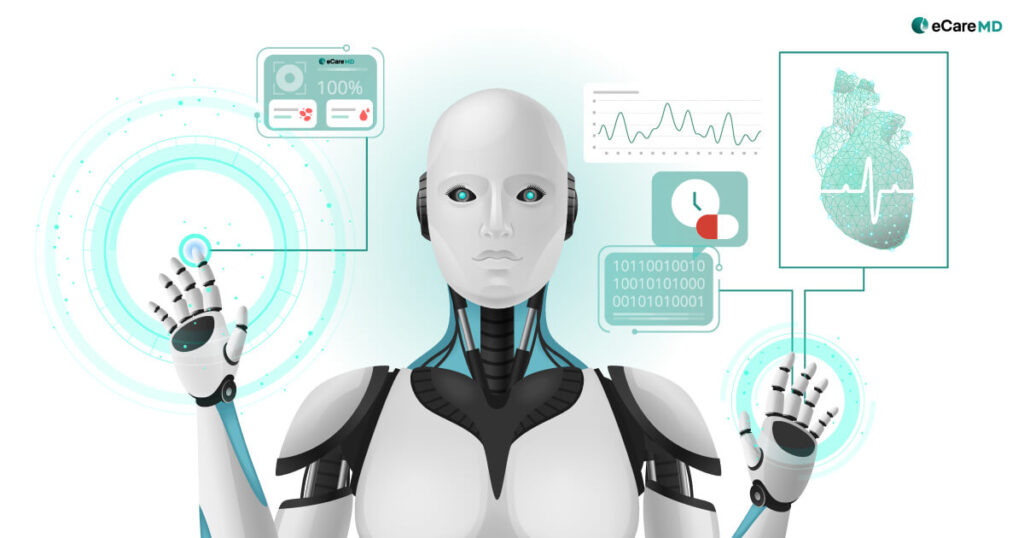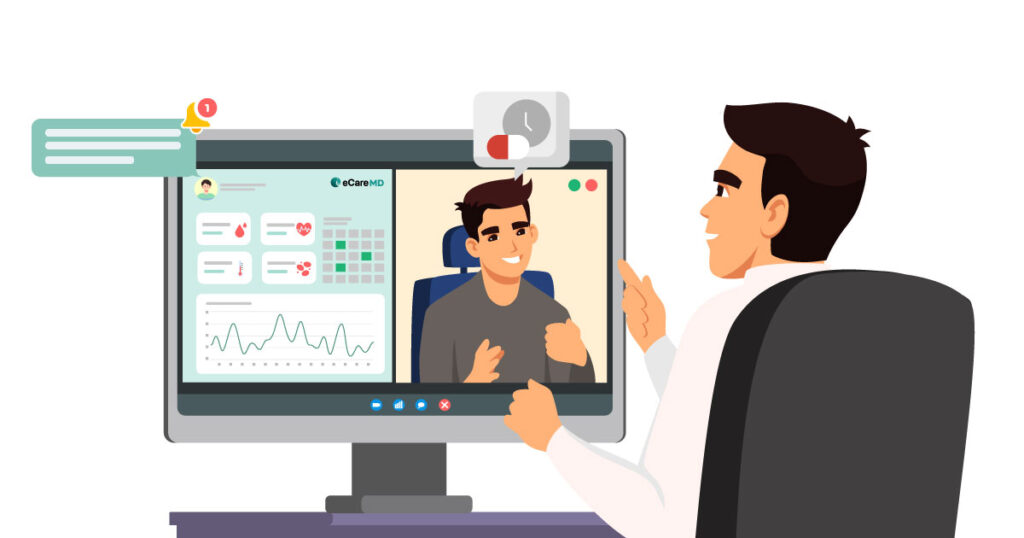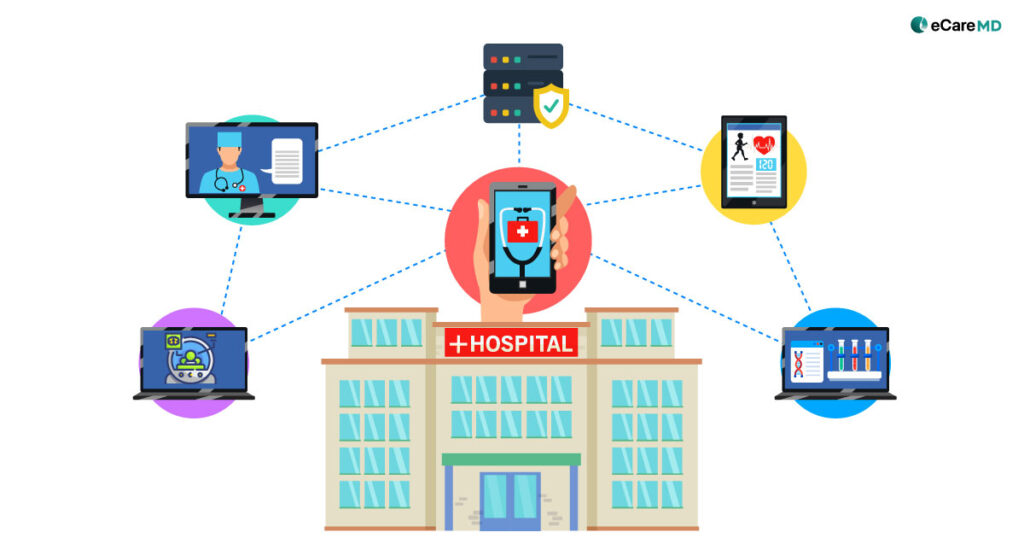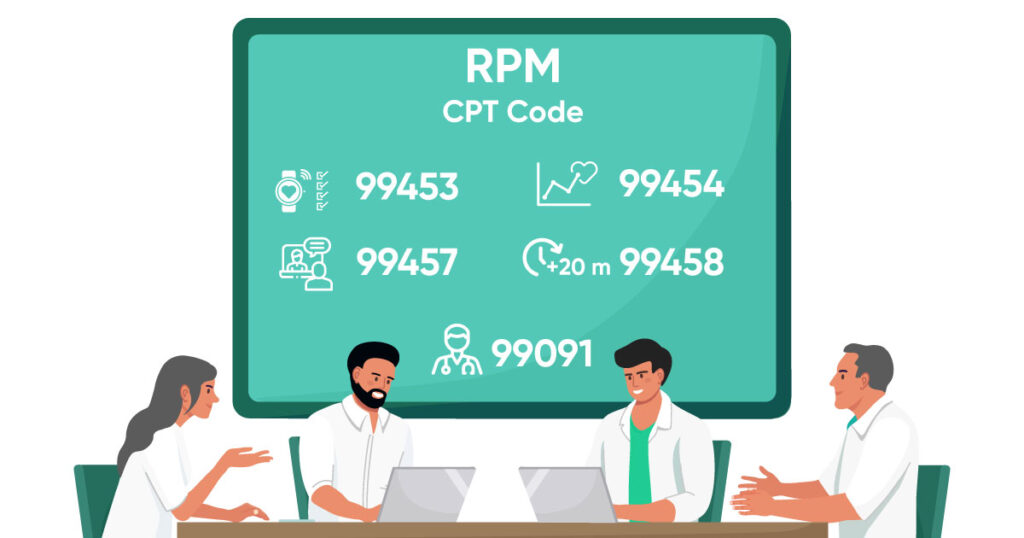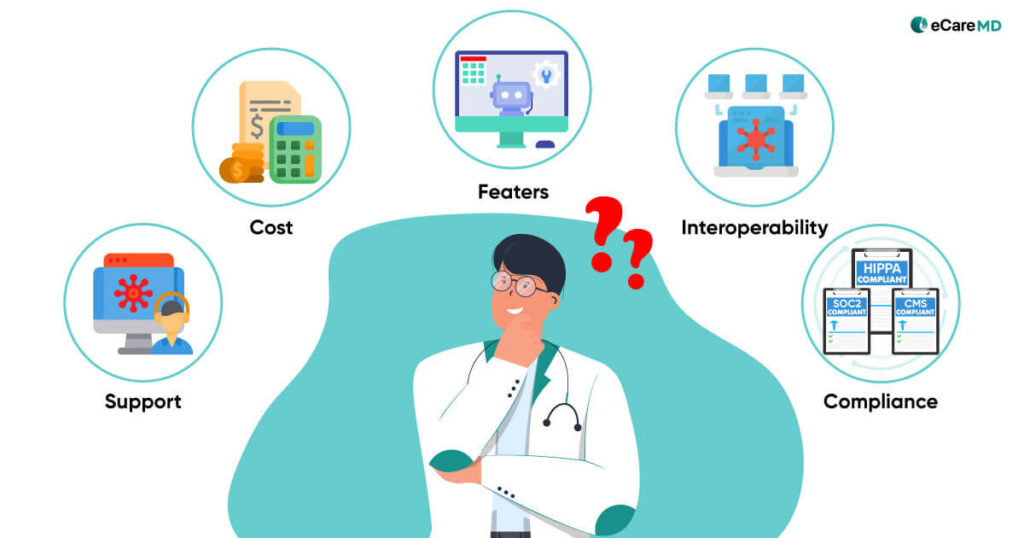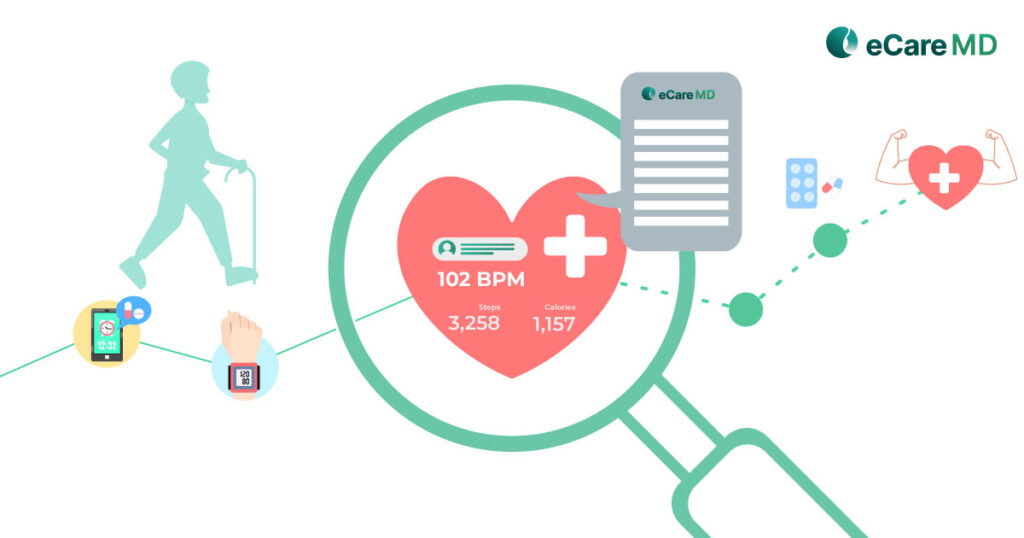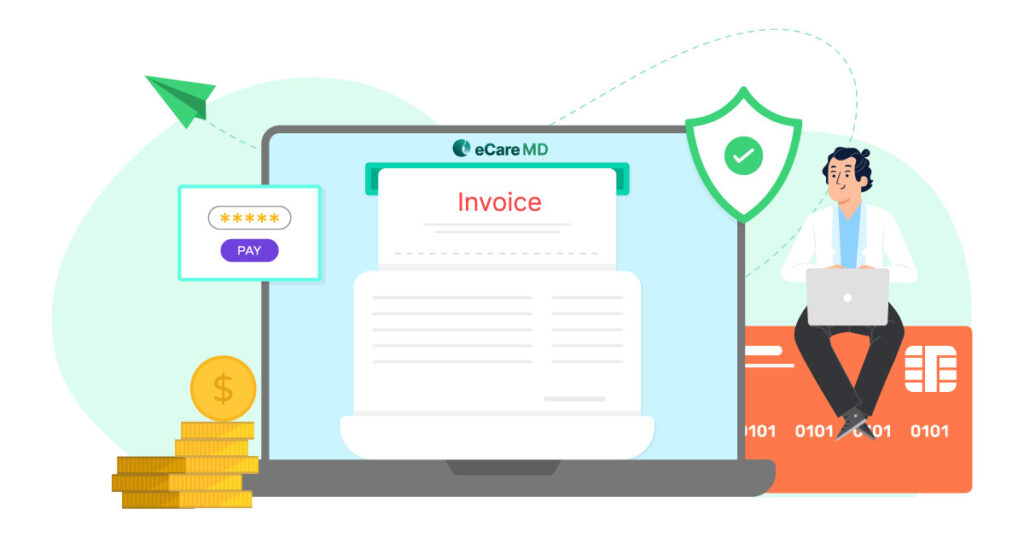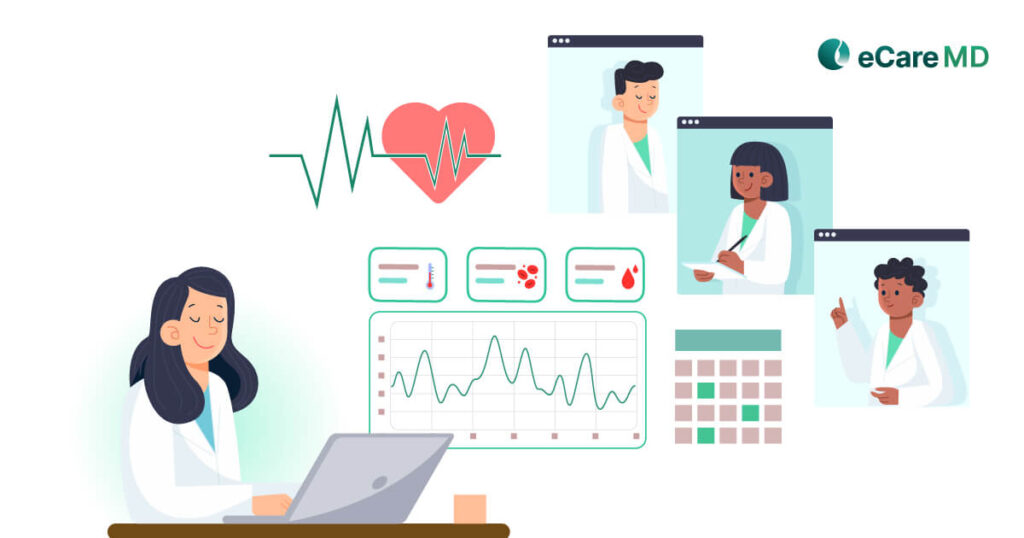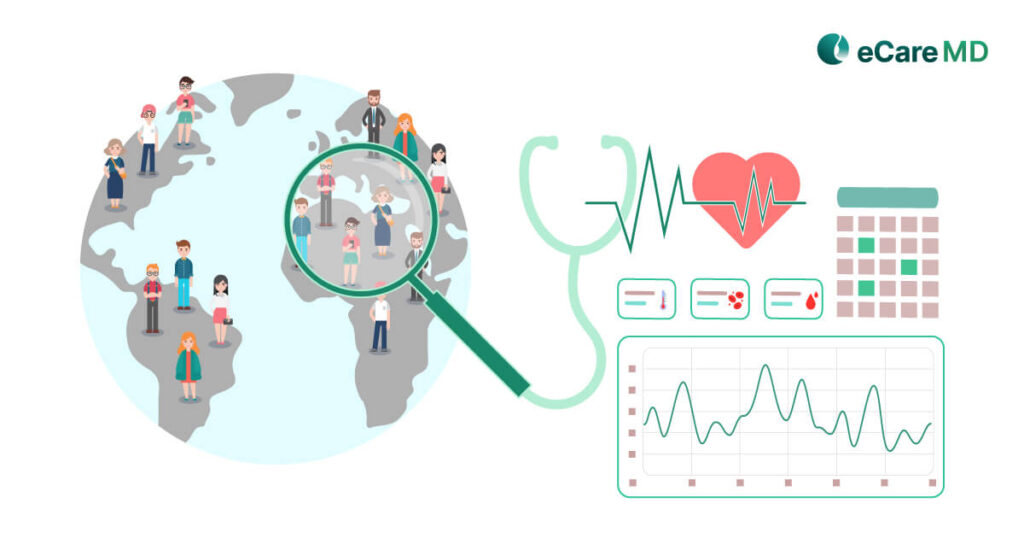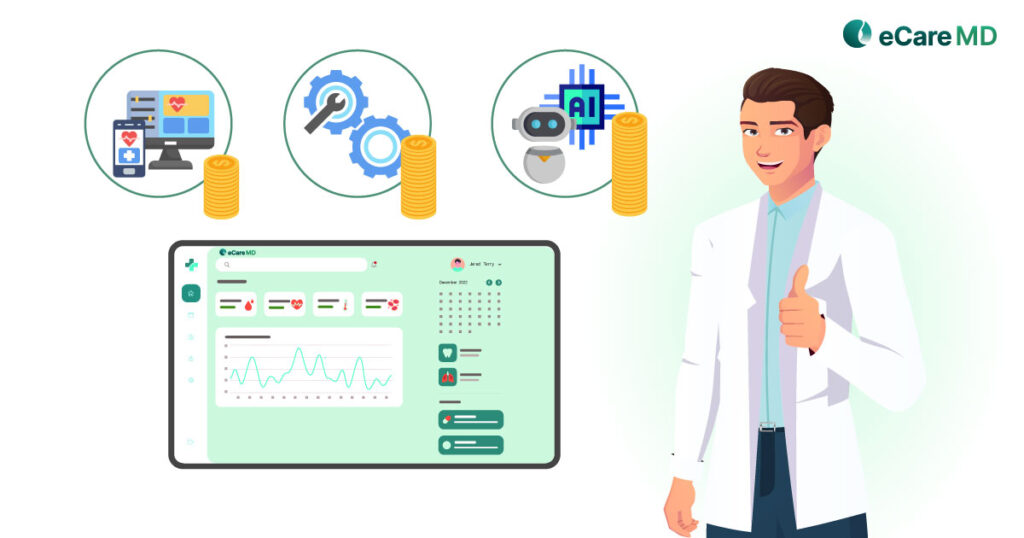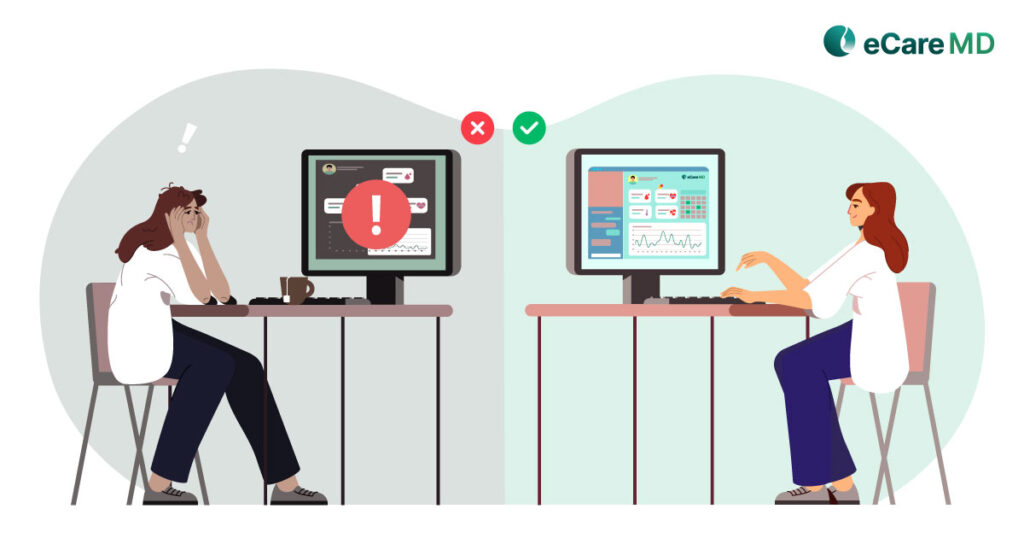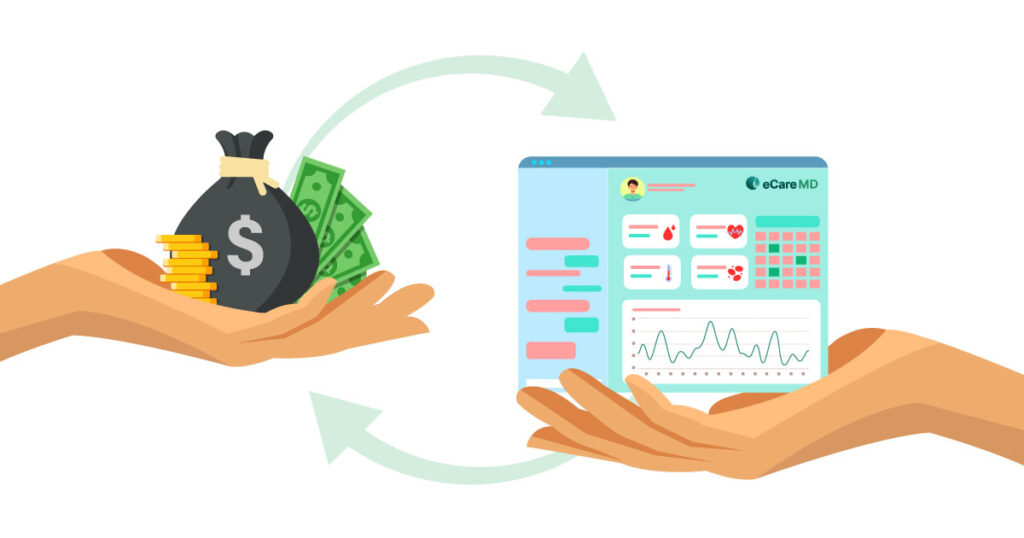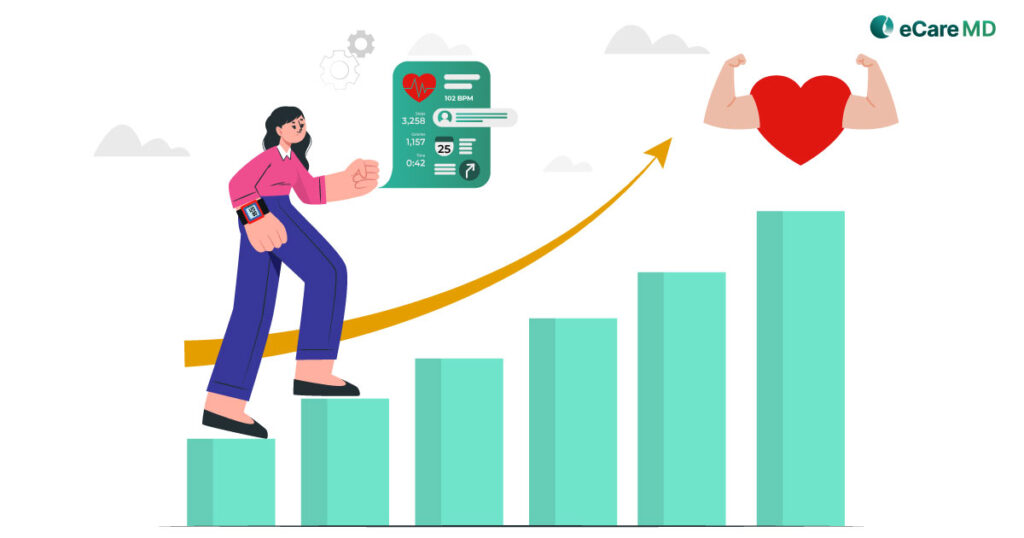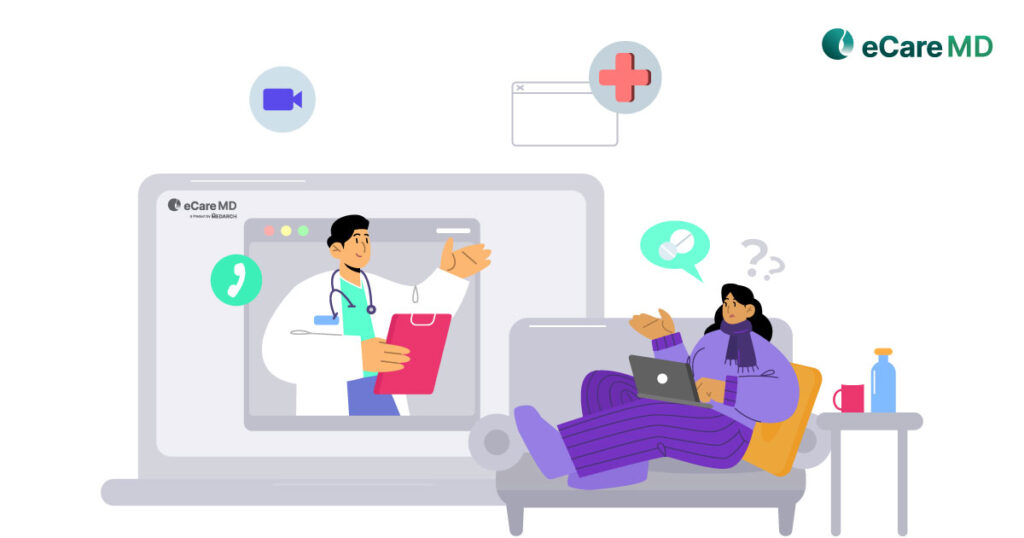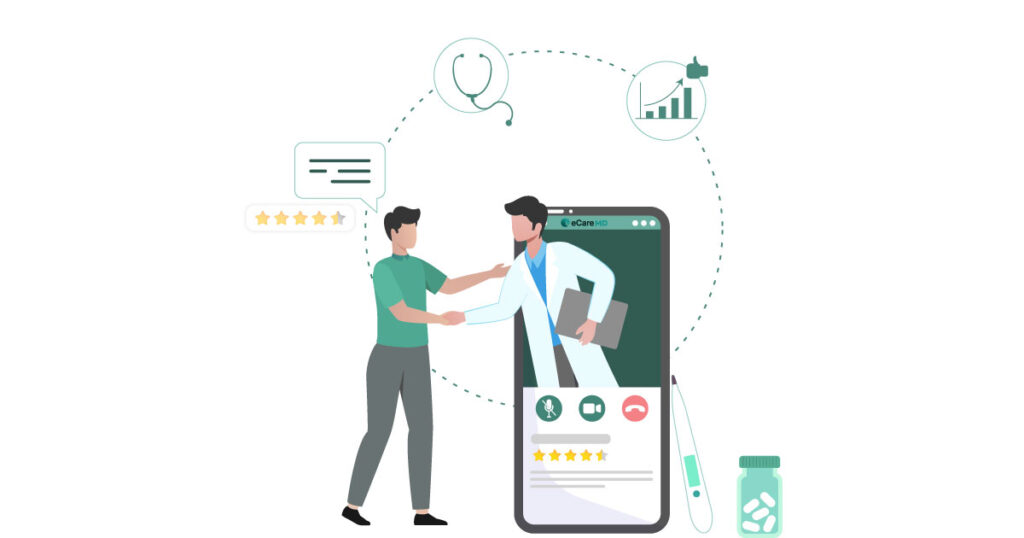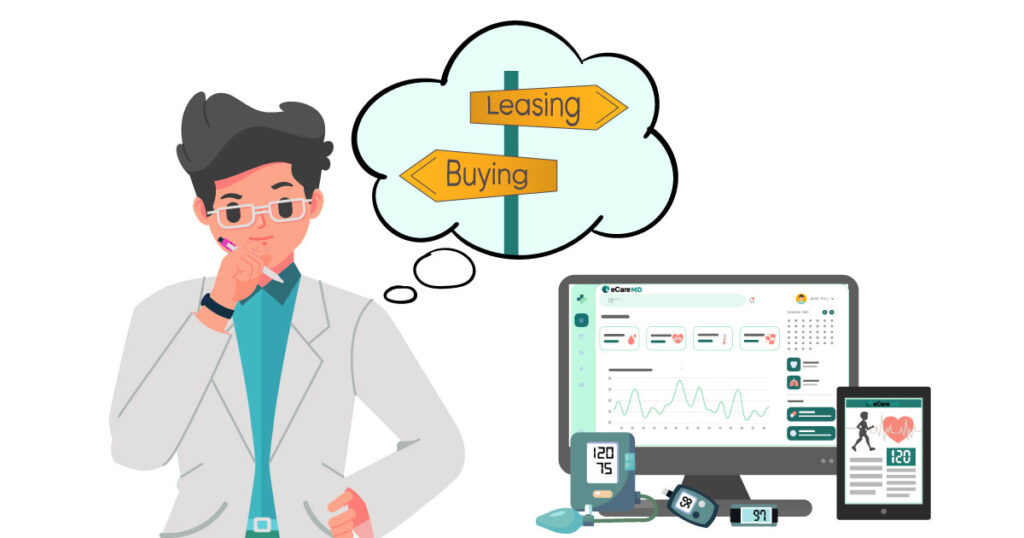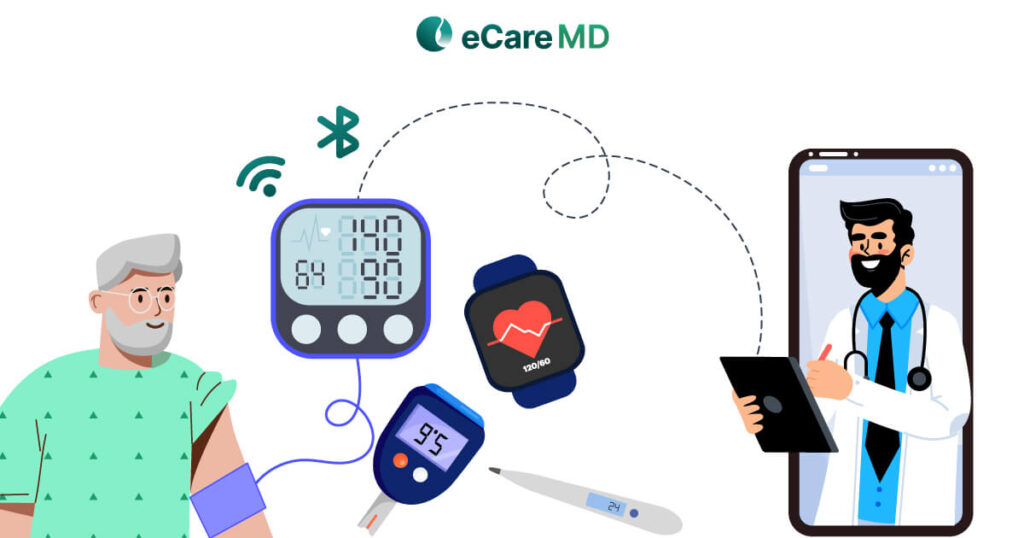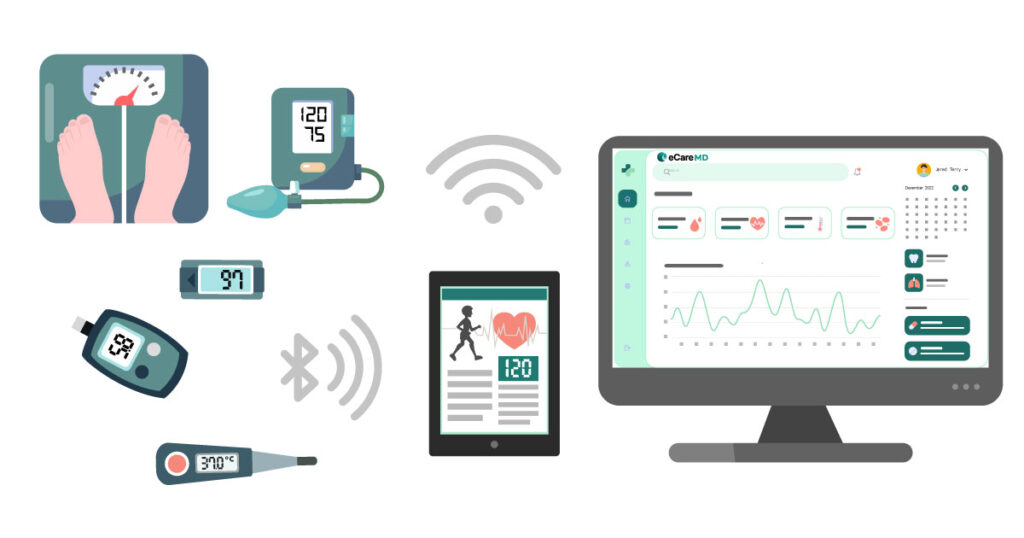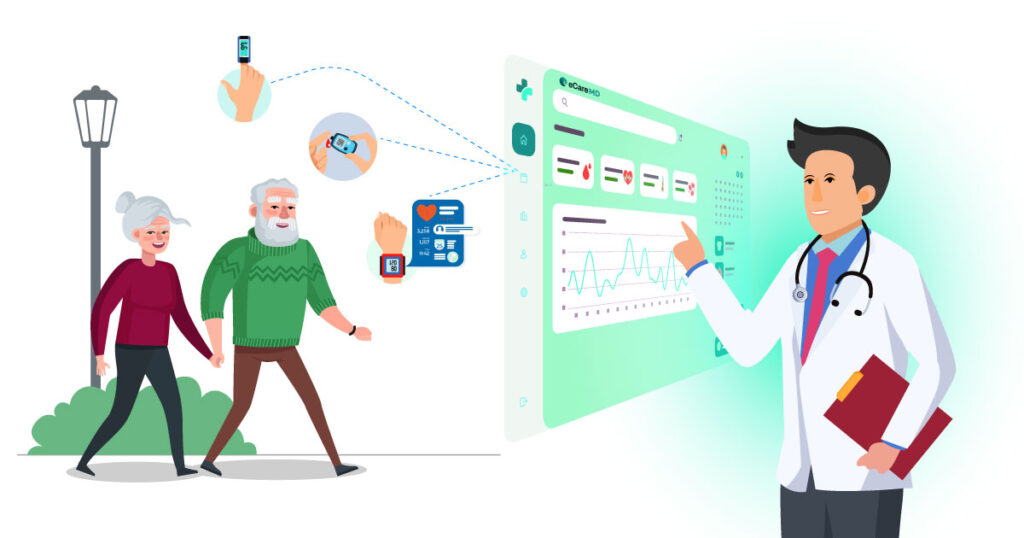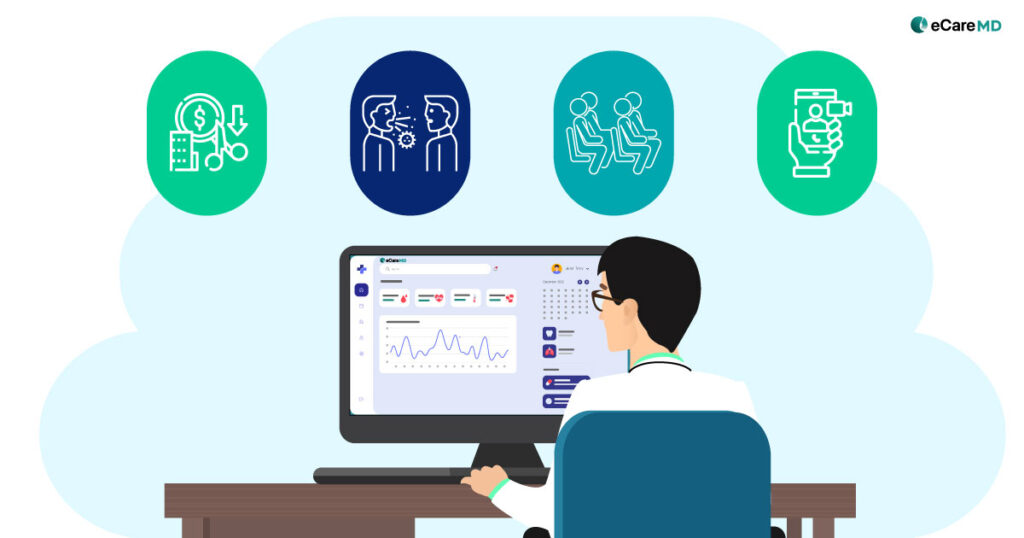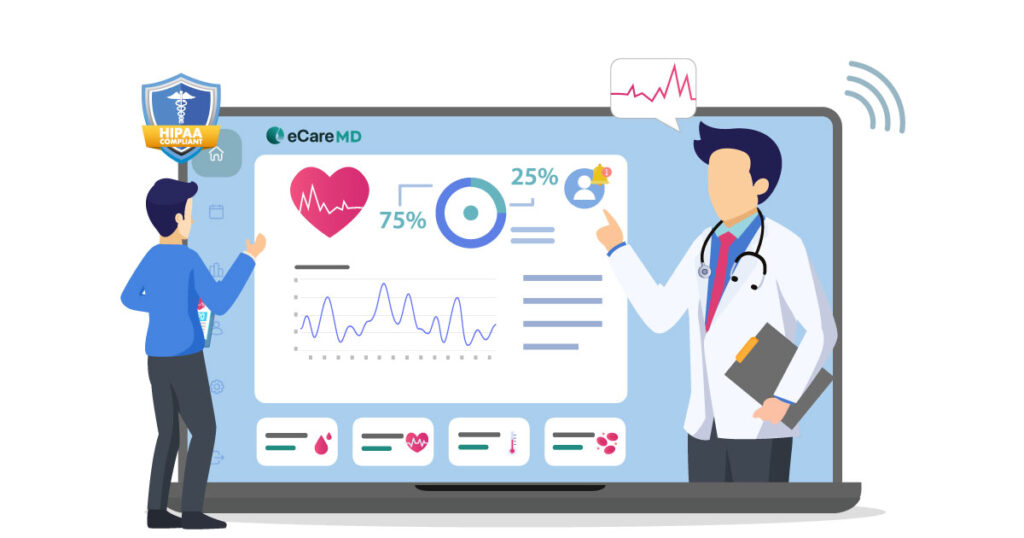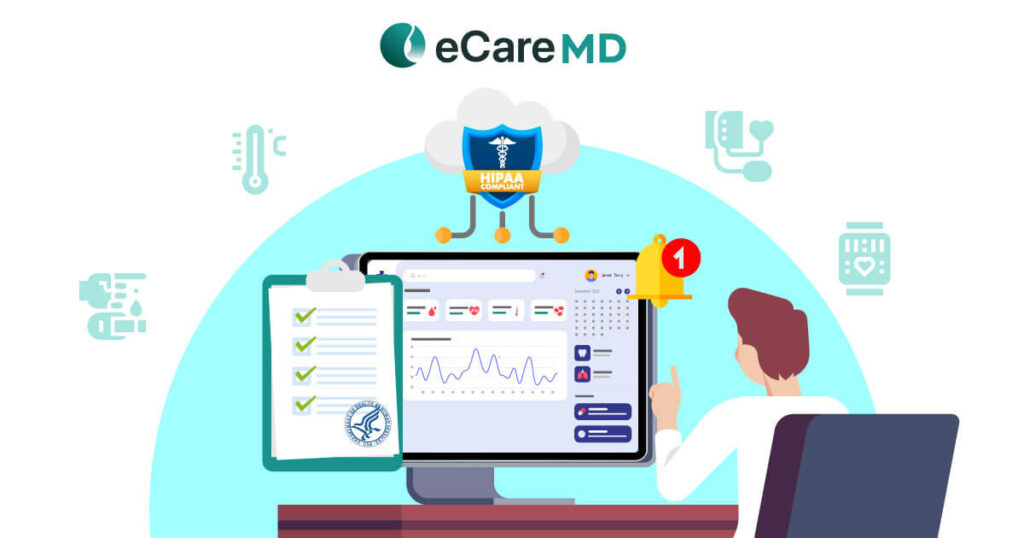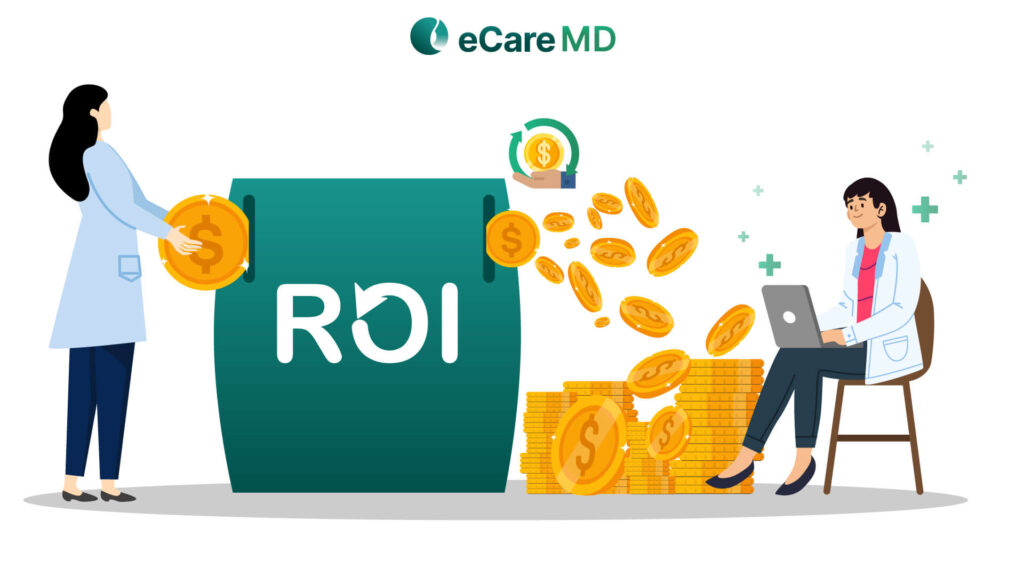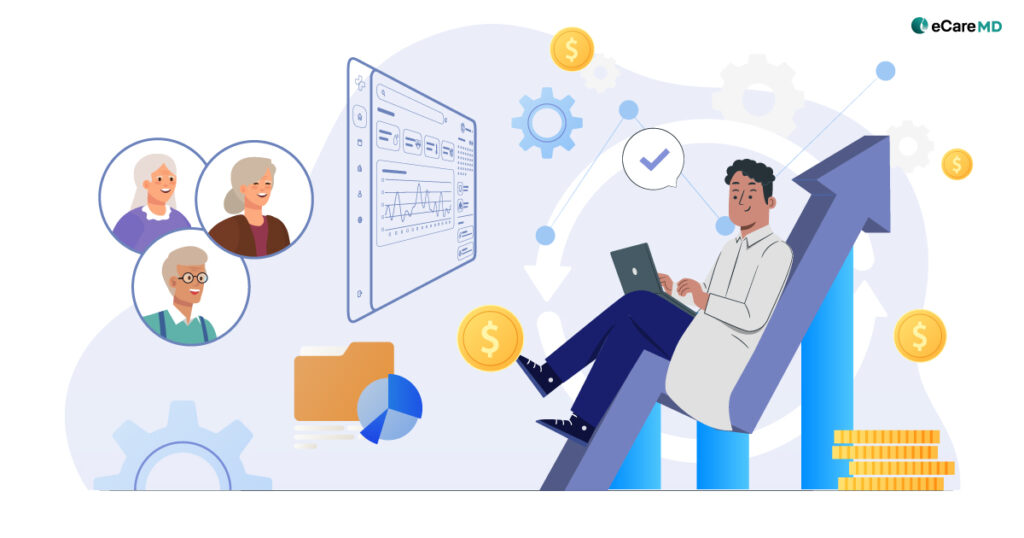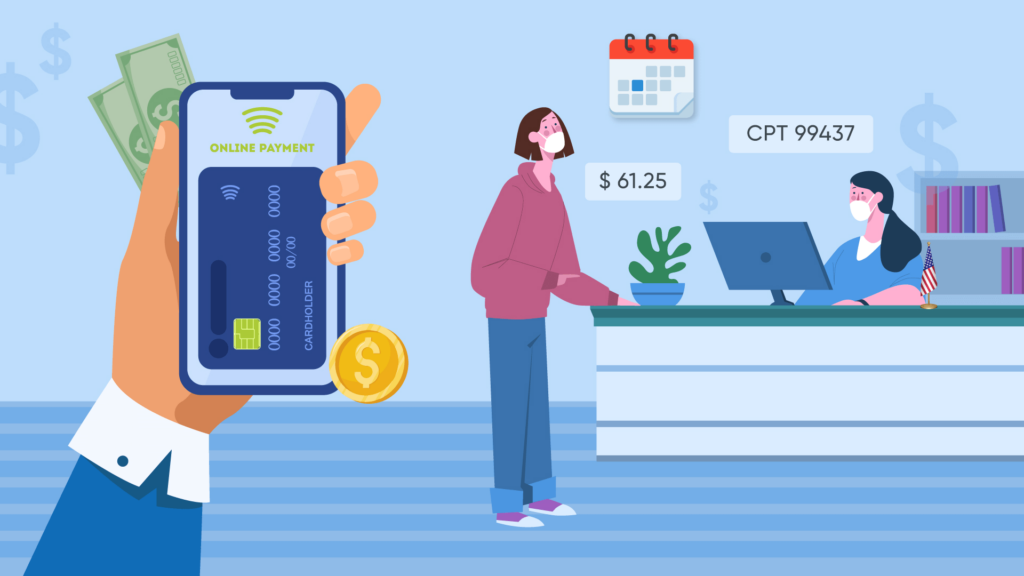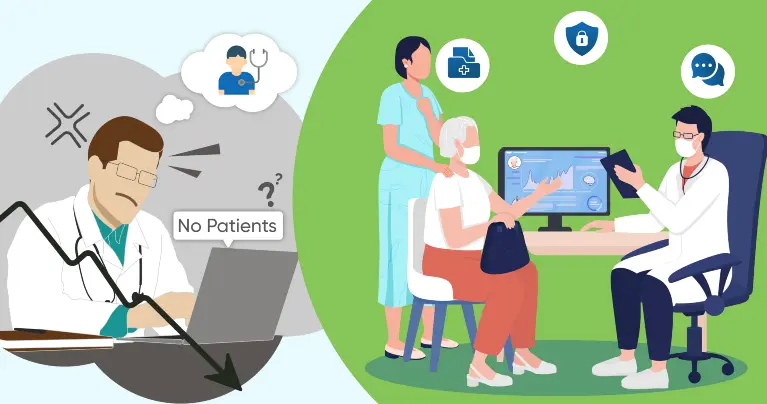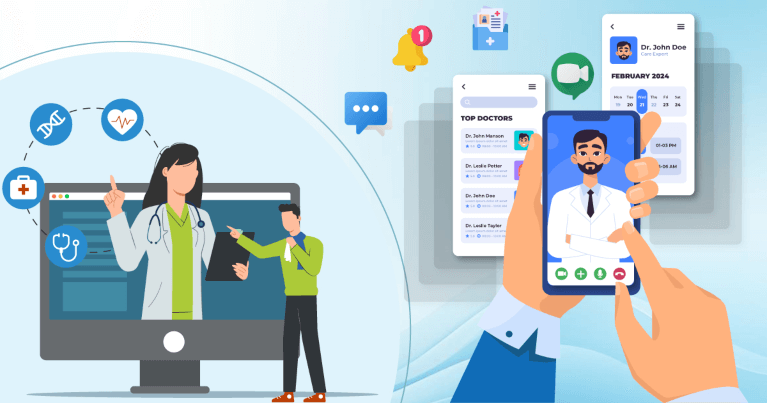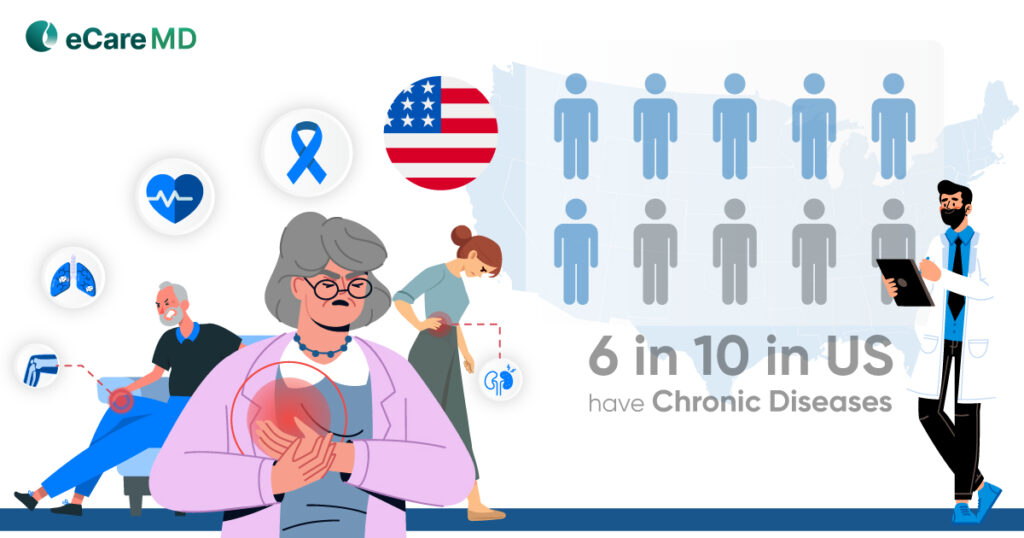Recently, the Centers for Disease Control and Prevention (CDC) stated that healthcare providers face around five days of poor mental health. This has become a serious problem as the poor mental health of healthcare workers has been on a significant rise since 2022.
To worsen the situation, the Mayo Clinic reported an increase in emotional exhaustion by 38.6%, and Forbes, on the other hand, reported an increasing cynicism in the healthcare industry, adding to burnout rates in the healthcare workforce. Treating patients with poor mental health can lead to serious effects on patient care delivery and health outcomes.
Well, here’s the catch! Chronic care management software and other care coordination solutions can effectively solve the burnout issue in your healthcare staff.
Understanding the Causes of Healthcare Provider Burnout
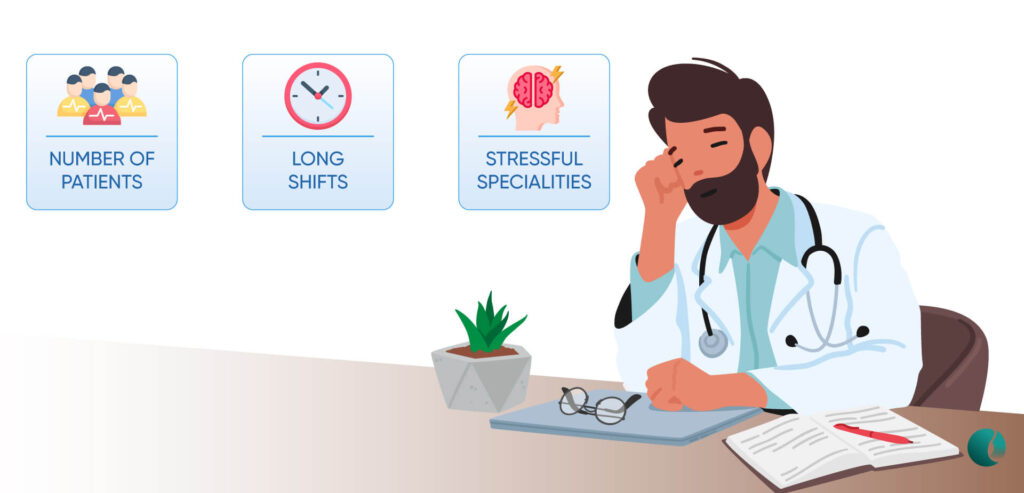
How Chronic Care Management Software Prevents Burnout?
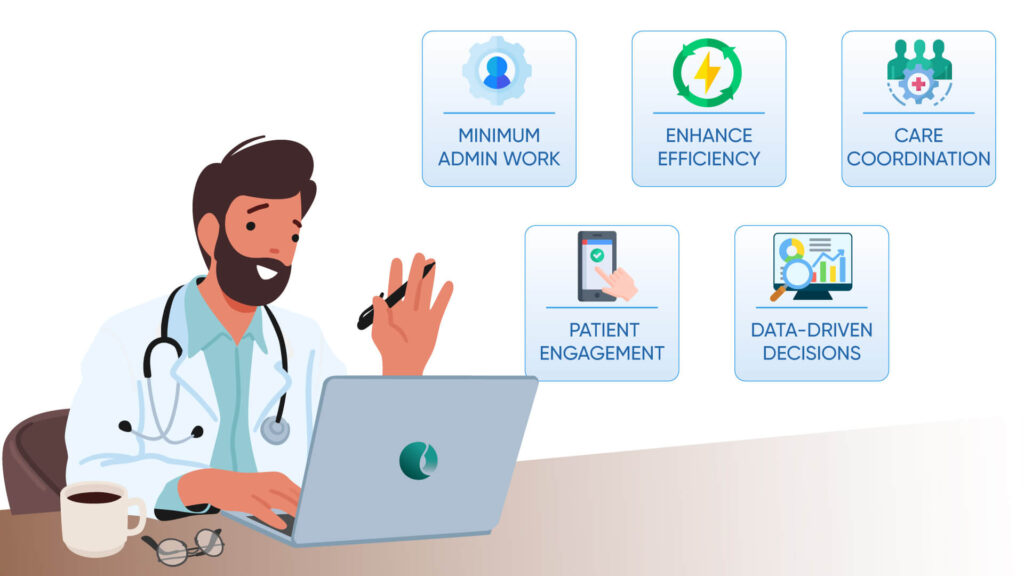
1. Reduced Administrative Burden
2. Optimize Time Management
Along with that, providers can connect with patients at their convenience and better manage their time for treatment. Going a step further, the chronic care management software has also made practice easier by automating appointment reminders and integrating telehealth platforms over the software.
3. Enhance Care Coordination
4. Improve Patient Engagement
One of the effective strategies to reduce provider burnout with CCM software is improving patient engagement. The chronic care management software already gives patients control of their health by empowering them by giving them educational material and involving them at every step of their care planning.
5. Promote Data-Driven Decisions
Supporting Work-Life Balance
A recent survey conducted by Deloitte suggested that 77% of Americans working full-time constantly feel burnout. Interestingly, the majority of that population consists of healthcare providers. This also emphasized the importance of work-life balance to prevent employee burnout.
Addressing Mental Health and Wellness
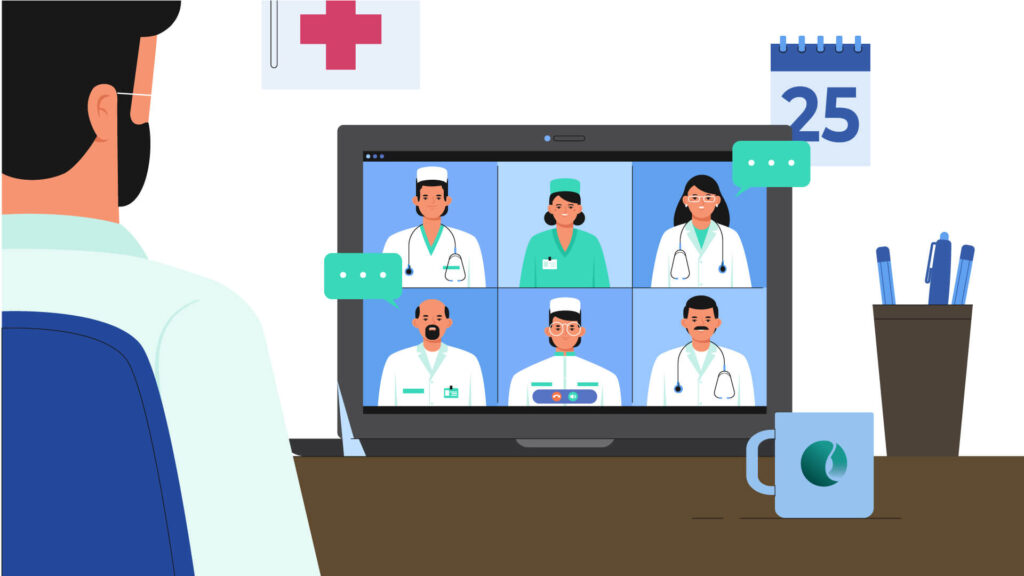
Mental health conditions like clinical depression and anxiety are treated under the chronic care management program. This will require you to include mental health support programs in the CCM software. While doing so, you can use customized chronic care management software to include such mental health support programs for your healthcare staff as well.
Additional Benefits
According to a study conducted by the National Library of Medicine, 35% of the physician’s time is spent on patient documentation. However, the CCM software that you choose can effectively help you streamline the workflow of your hospital.
Conclusion
The lack of work-life balance, the increasing aging population with chronic conditions, and healthcare workers leaving their jobs due to burnout are some of the major reasons for burnout and pressure on healthcare professionals. While there are many ways you can address these, in the process, there is a high chance of disrupting healthcare delivery.
So, can CCM software prevent physician burnout?
Well, the answer is yes, and if you want to streamline your healthcare practice and take some pressure off of your healthcare staff, then click here to schedule a demo.
Download Free Guide - 5 Ways CCM Software Can Combat Provider Burnout
Download nowFrequently Asked Question’s
Here is how you can reduce provider burnout with CCM software:
- Streamlining workflows and reducing administrative burden
- Improving efficiency and productivity
- Enhancing patient engagement and satisfaction
Yes, CCM software has the potential to significantly improve patient care in several ways:
- Enhanced care coordination
- Improved patient engagement
- Better monitoring and prevention
- Personalized care plans
- Reduced healthcare costs
eCareMD is one of the best CCM software for reducing healthcare burnout. Click here to book a software demo.
Here are some data security considerations for CCM software:
- Encryption
- Access Control
- Logging and Monitoring
- Regulatory Compliance


